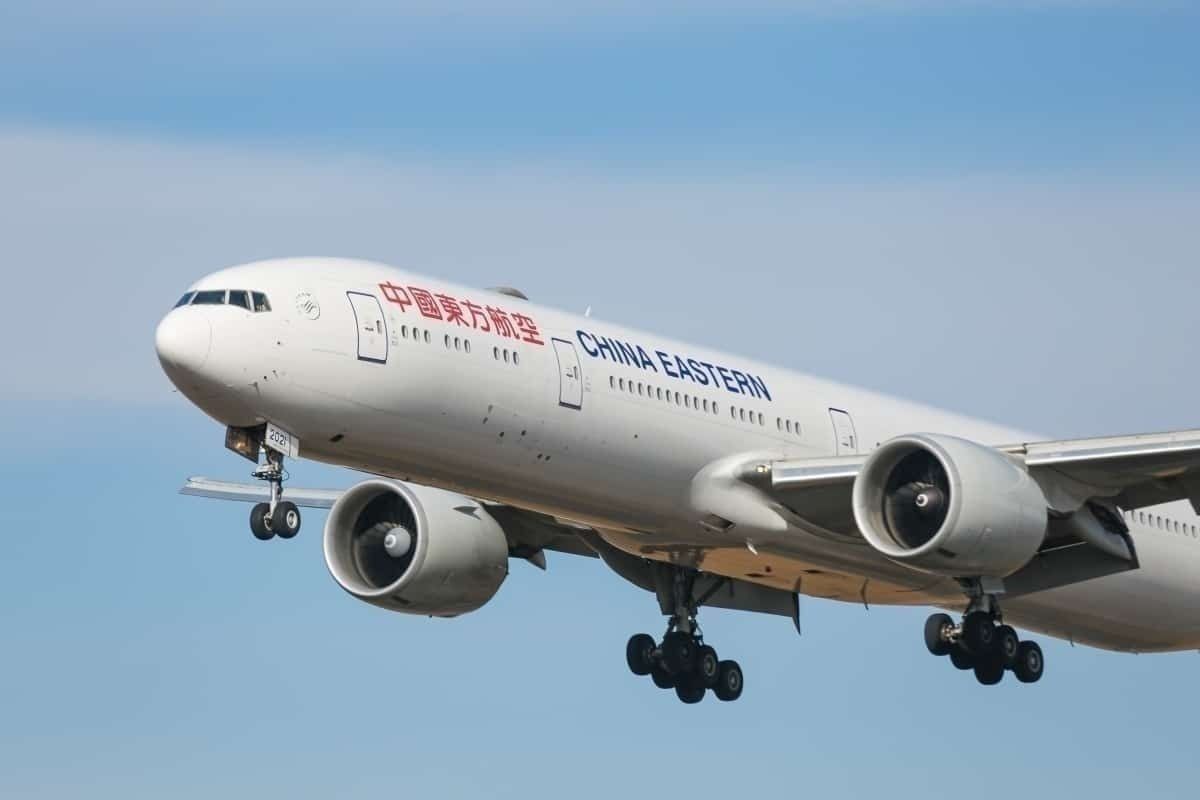China has always been regarded as one of the most important aviation markets worldwide and the biggest in Asia. But during the country's three-year-long closure, airlines that previously flew plenty to China had to divert their attention elsewhere, such as the next growing Asian market of India.
While Chinese carriers could only focus on domestic flight operations, foreign carriers were already repatching and further establishing their international presence with route network expansions. Leaving out Chinese airlines continues even with the nation's reopening earlier this year, as they still struggle to re-establish themselves internationally.
Rebuilding a strong international presence
For airlines, establishing or building upon an international presence requires expanding route networks. And although Chinese airlines are gradually resuming several long-paused international routes, expanding their network to include upgraded frequencies or new destinations lags significantly.
But these Chinese carriers cannot work and rely solely on themselves to achieve international expansion. Here's how they can strive for greater cooperation with their allies near and far.
Airline partnerships
Except for the big three Chinese airlines - Air China, China Southern Airlines, and China Eastern Airlines, smaller international carriers like Hainan Airlines, Sichuan Airlines, Juneyao Airlines, and Shandong Airlines do not have many airline partnerships with foreign carriers but instead have agreements with other smaller Chinese carriers.
Airlines can seamlessly expand their route networks through airline partnerships to include routes they otherwise could not offer via codesharing. A strategic partnership also allows passengers on both sides to earn and redeem points from the frequent flyer program.
This means that without vital partnerships abroad, smaller Chinese carriers lose out on cooperation and, therefore, opportunities for a wider variety of international routes that would help network and brand growth.
Want answers to more key questions in aviation? Check out the rest of our guides here!
Airline alliances
In a similar fashion to airline partnerships, but on a much grander scale, airline alliances like oneworld, SkyTeam, and Star Alliance are another great way to encourage international cooperation for Chinese airlines. However, joining an alliance would be more challenging than establishing new airline partnerships.
Currently, only Air China and Shenzhen Airlines are a part of Star Alliance, while China Eastern Airlines, Shanghai Airlines, and Xiamen Airlines are members of SkyTeam. Oneworld lacks a Chinese carrier, although China Southern Airlines has been considering the opportunity.
With an airline alliance, Chinese carrier members have access to codeshare opportunities with all the other international members, significantly expanding their route networks to include dozens of destinations they otherwise cannot offer.
Joint ventures
Besides joining alliances, Chinese carriers can participate in joint and non-alliance partnerships. Through these ventures, Chinese carriers can improve their cooperation with international foreign airlines and achieve many objectives, from increasing ticket sales to expanding market presence.
An example of this is the joint venture between Air China and Lufthansa, which secured a route-sharing agreement that allows both airlines to sell tickets on some routes between China and Frankfurt, Vienna, and Zurich. It also allows both airlines to operate all routes jointly.
We'd love to see you on Instagram - follow us here!
The future international outlook of Chinese airlines
One key to global growth genuinely lies in deepening connections between Chinese and foreign carriers, as expansion opportunities will dictate how the different airlines can imprint their presence in previously unserved destinations. However, Chinese airlines also have much to gain through the improvement of relations between China and other countries.
For example, Chinese carriers do not share as many significant partnerships with Middle Eastern airlines as they do with other Asian, European, and North American operators. But we could see future collaborations sprouting after China and Saudi Arabia established a comprehensive strategic partnership late last year.

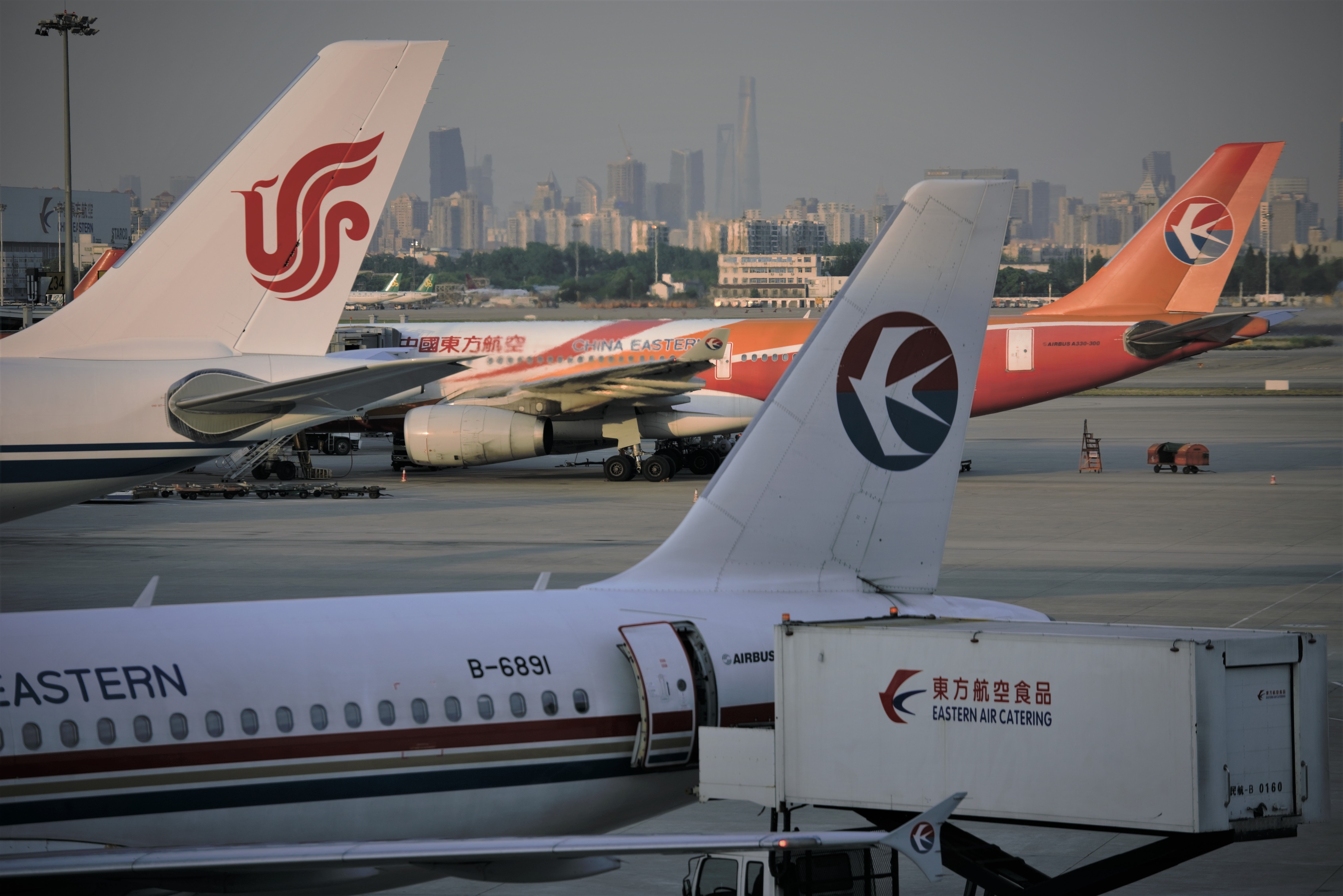
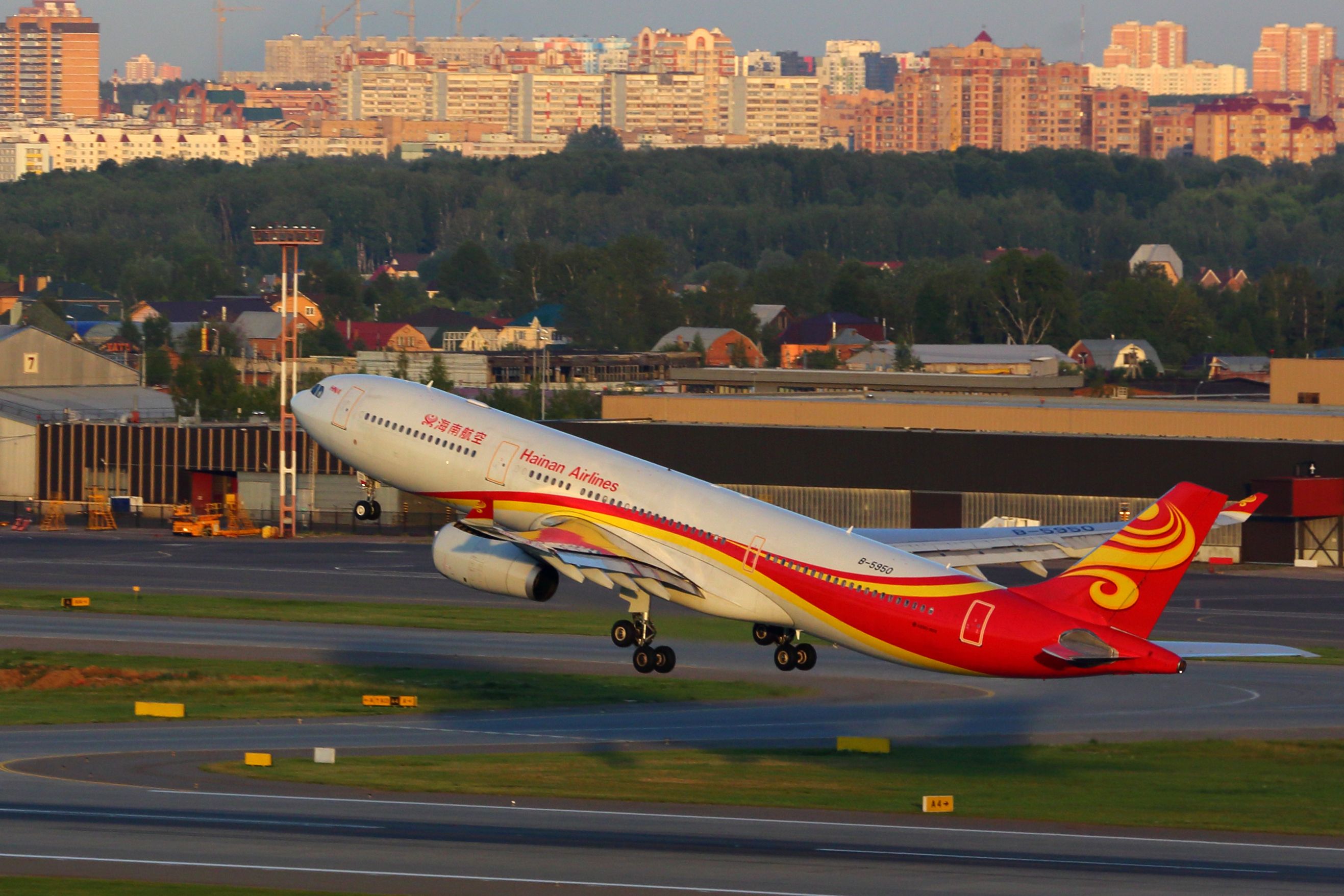
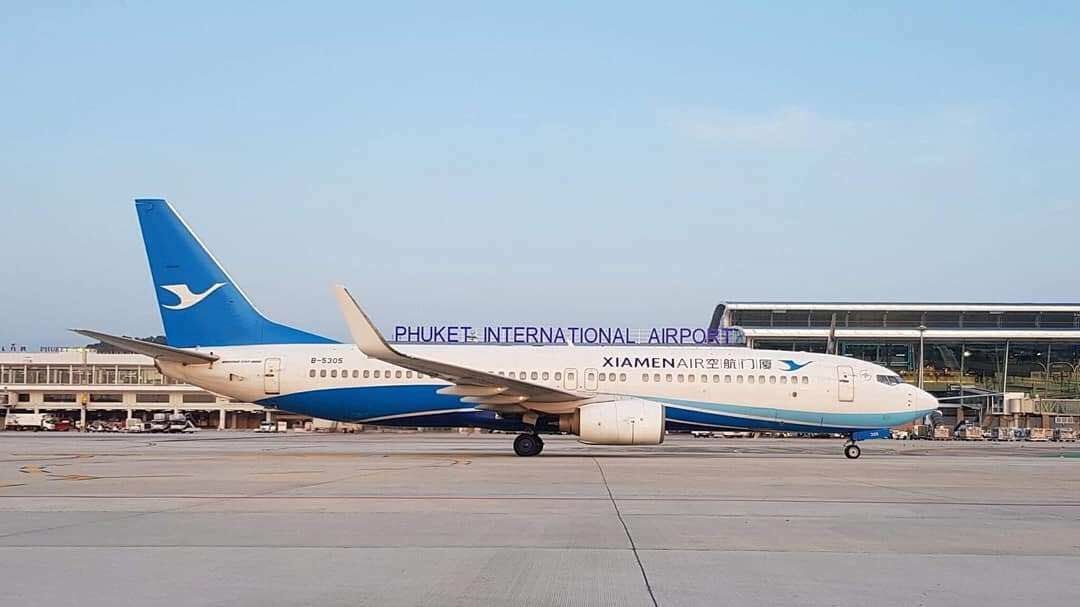
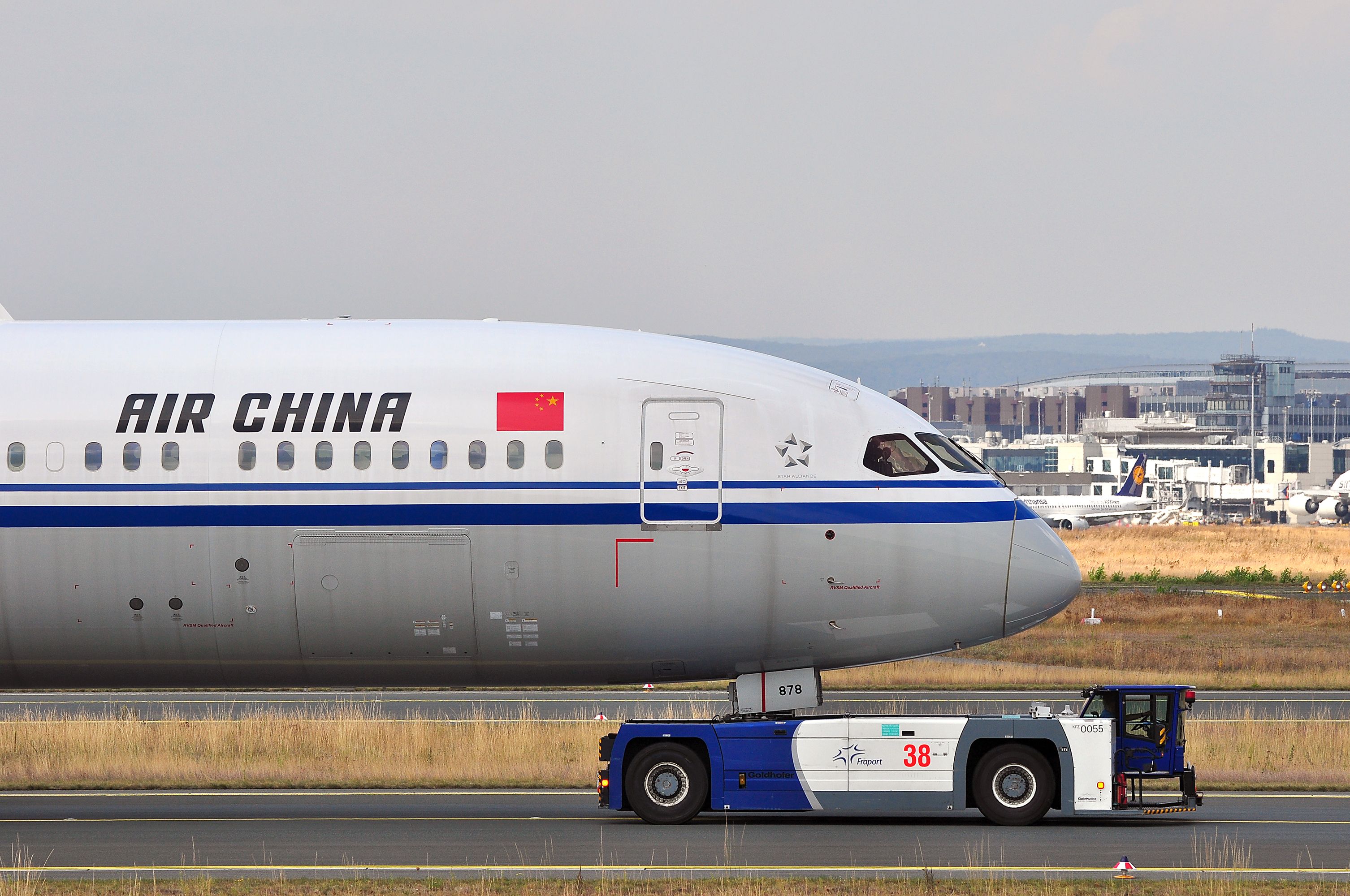
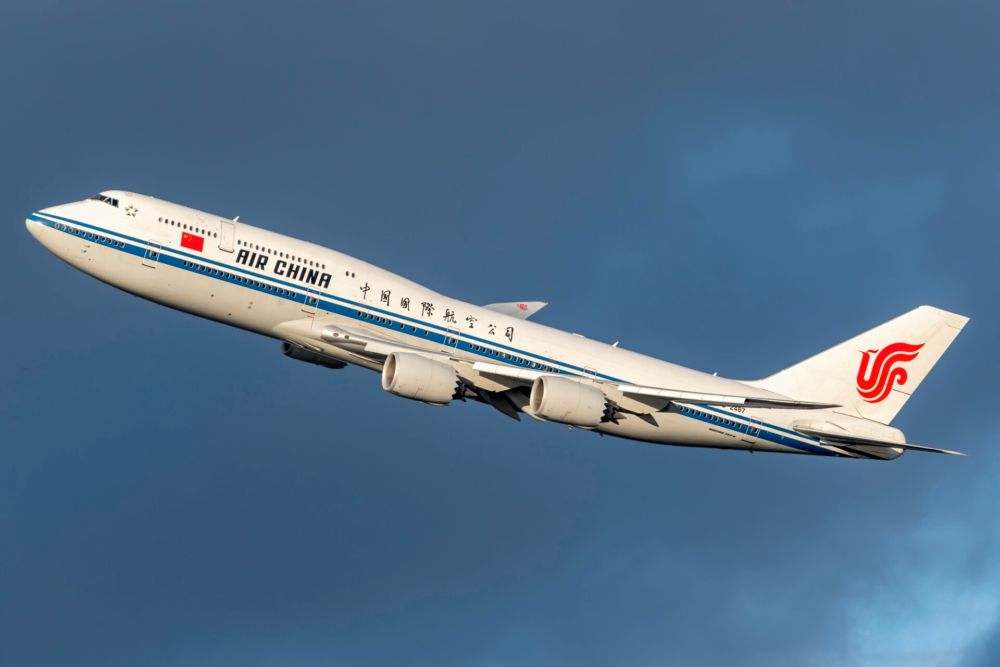
.jpg)
